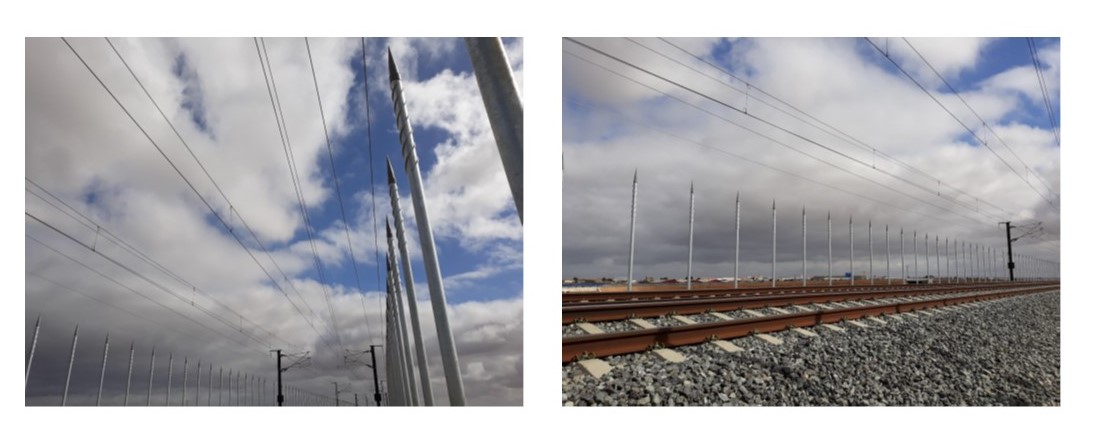Sampling crate
Device for taking railway ballast samples
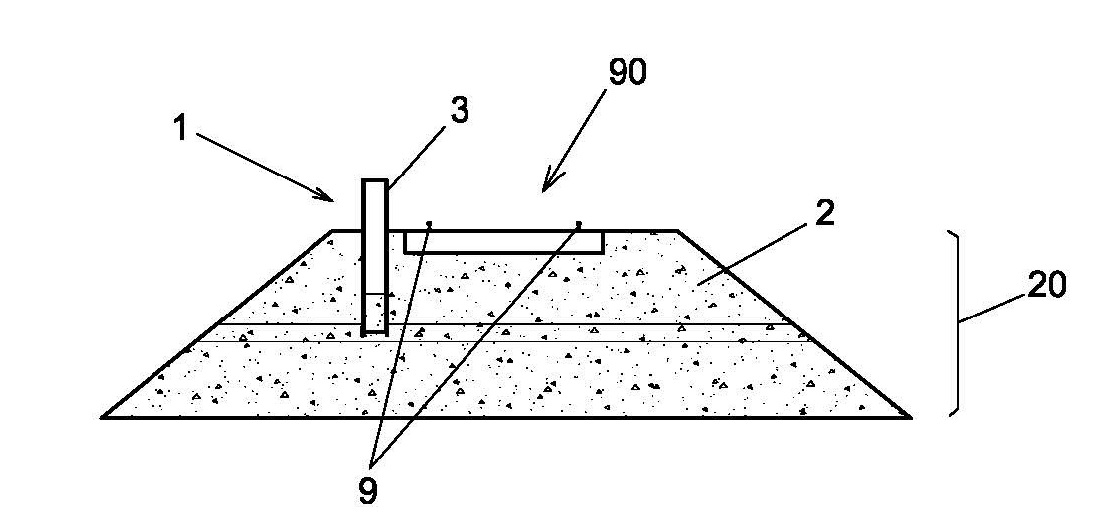
Device for taking samples of railway ballast –used on rail ballast shoulders– in order to know the samples' characteristics, and subsequently, to test them in the laboratory.
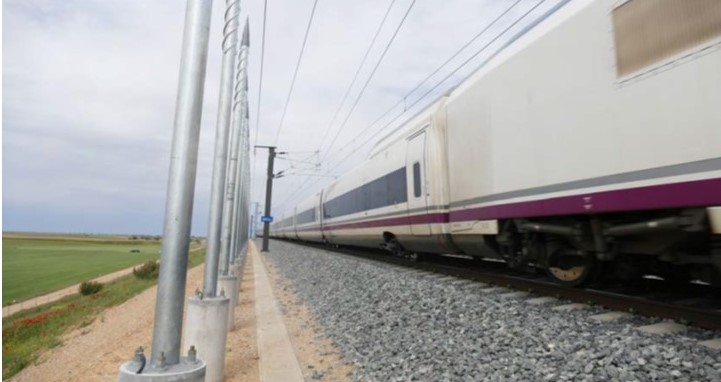
To provide the track superstructure with ideal stability, elasticity, drainage and durability characteristics, it is essential to use a homogeneous ballast of appropriate quality in construction, maintenance or renovation works.
Over time, railway ballast becomes contaminated for several reasons, thus losing effectiveness and even ceasing to fulfill the required functions, either by loss of ballast-stone edges or by a high penetration of coal dust, to the point where it becomes necessary to treat or renovate the ballast.
To determine the degree of contamination, it is necessary to take ballast samples periodically. At present, these samples are taken by performing manual test bores on the ballast shoulder, tipically with a shovel.These test bores, which are usually carried out on the ballast shoulder to avoid dismantling the track as much as possible, always constitute a destructive operation.From the ballast sample obtained via the test bore, all pertinent tests are carried out, including granulometry, resistance and durability tests.
Preparatory actions
Study and definition of the potential areas where anti-collision screens for birds should be placed.
- Analysis and assessment of railway sections.
- Preliminary studies of bird population, frequency, crossing and mortality.
- Train monitoring and collision recording.
- Analysis and assessment of preliminary results.
- Proposal of specific sections where screens should be placed.
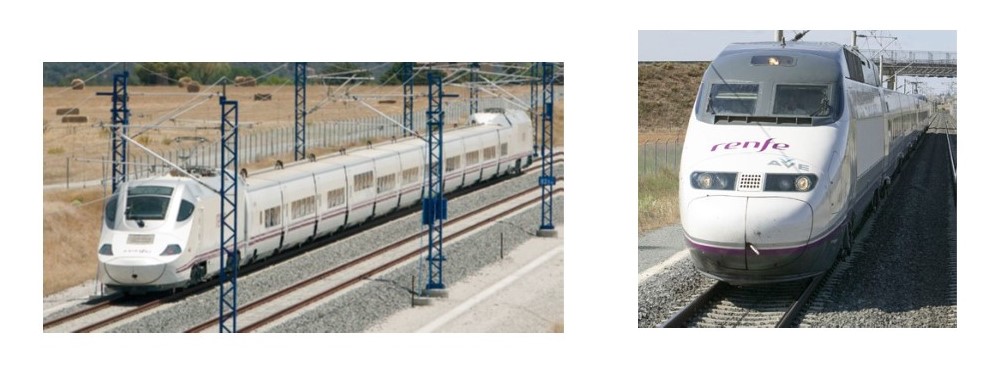
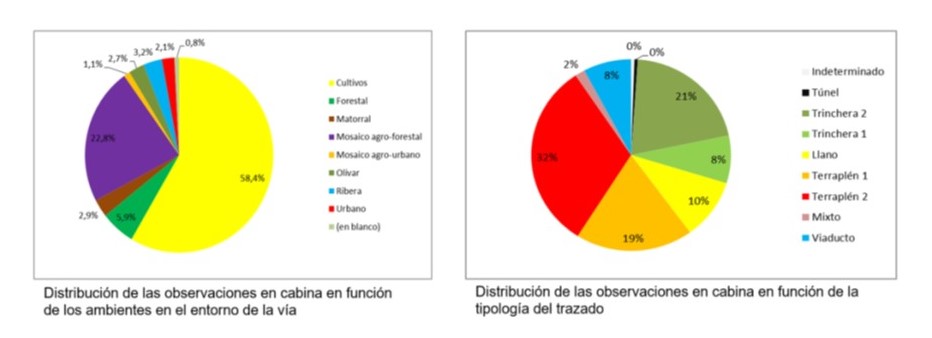
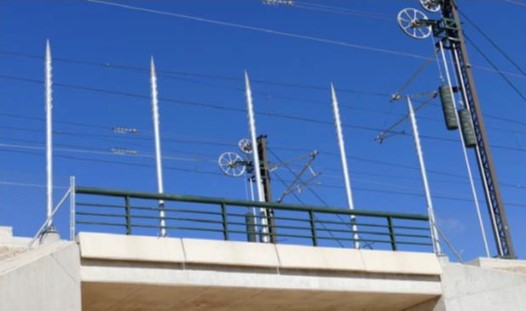
Of anti-collision screens for birds in selected areas
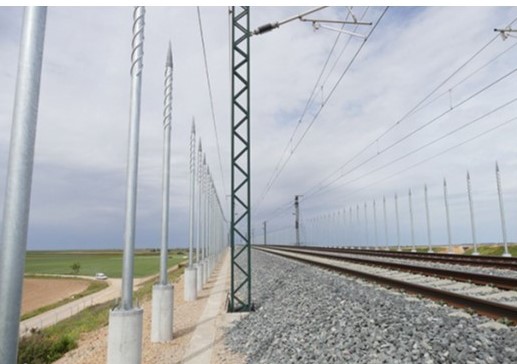
Assessment of the effectiveness of anti-collision screens for birds.

